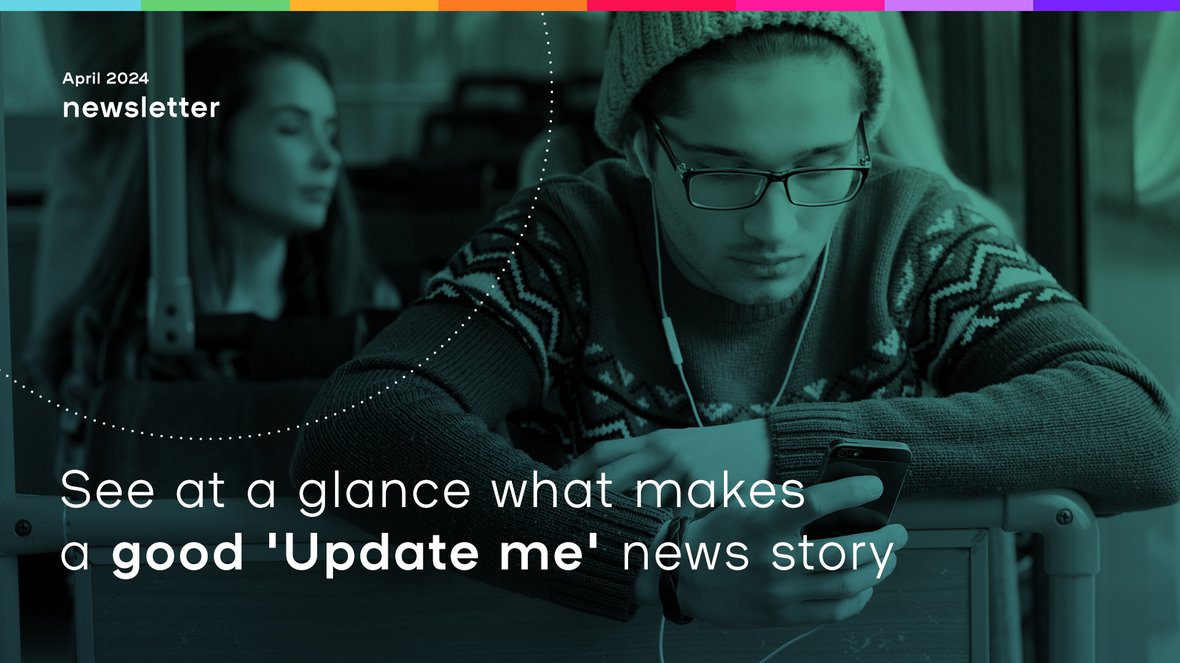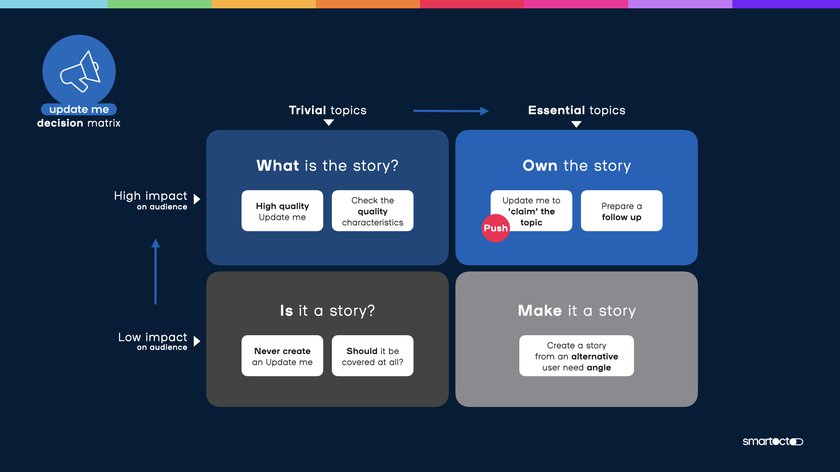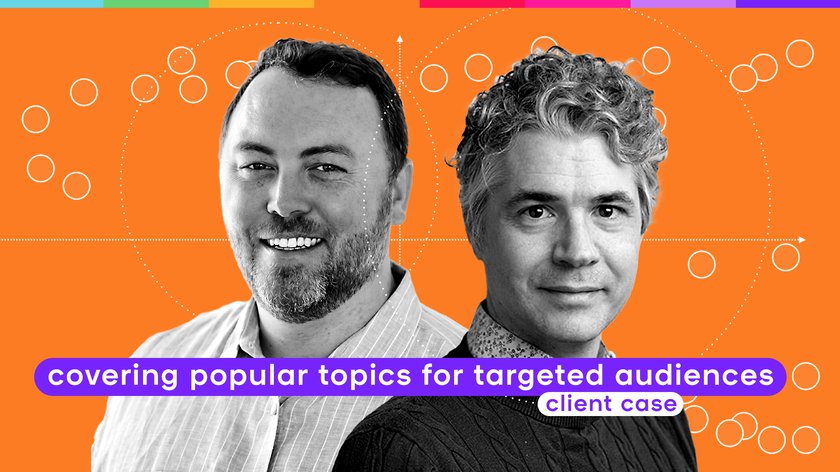Hello there,
We begin this newsletter with a little confession: over the past year, we’ve sometimes been too adamant in saying that newsrooms should produce far fewer 'Update me' stories.
(To recap: Update me stories are generally straightforward news stories with a who-where-what approach, factually driven and intended to keep the public informed of newsworthy events. The research we shared in our user needs whitepaper shows that roughly 70% of stories belong to this category, while they only contribute to 20% of reach and even less to engagement or loyalty)
But, we hear you cry, isn't it the essence of journalism to keep the public informed about what is happening? And, sometimes, there just isn’t enough time to immediately provide the right context, or get the perfect angle. This comment comes up in discussions with clients all the time. The answer is of course yes, although this is often also achievable with an approach that considers other user needs.
A serious amount of data analysis and many discussions later, and we’ve gained a much better understanding about what kinds of pieces just aren’t worth making (the ‘just stop’ strategy, if you like) - and when it’s possible to add value to Update me stories with some clever steps.
This is one of the results of those data investigations. This decision matrix provides guidance for editors with a link to an extensive blog about the Update me user need, and a new client case that explores the question of which articles you should ‘just stop’. There are even tips for focusing on what your audience finds important.
BLOG: Good Update me stories do exist
If it’s a ‘high impact’ story on an essential topic, it’s totally fine to create an ‘Update me’ piece. You should own the story, push it to your users, and maybe start a folder to plan upcoming follow-ups or a liveblog to really claim the topic.
If the topic is trivial but it has a high impact, you should find the essence of the story before you create an Update me. For example: if the parking prices are rising in the city centre, the topic of ‘parking your car’ feels a bit trivial. But if the prices have doubled in two years, people are using city centres less, and shopkeepers are afraid they won’t have enough customers to stay afloat, the angle might shift to a more essential topic. So always refer back to the question ‘what is the story’ in the top left quadrant.
When we look in the bottom right, you’ll see stories that are essential but have low impact on your visitors. A perfect example would be a big earthquake killing people on the other side of the world. It has low impact on your local audience, but it’s essential to cover. These kind of stories are best covered from another user needs perspective because it will almost certainly engage your audience more effectively.
If it’s a trivial topic without impact, you should question whether it’s a story at all.


